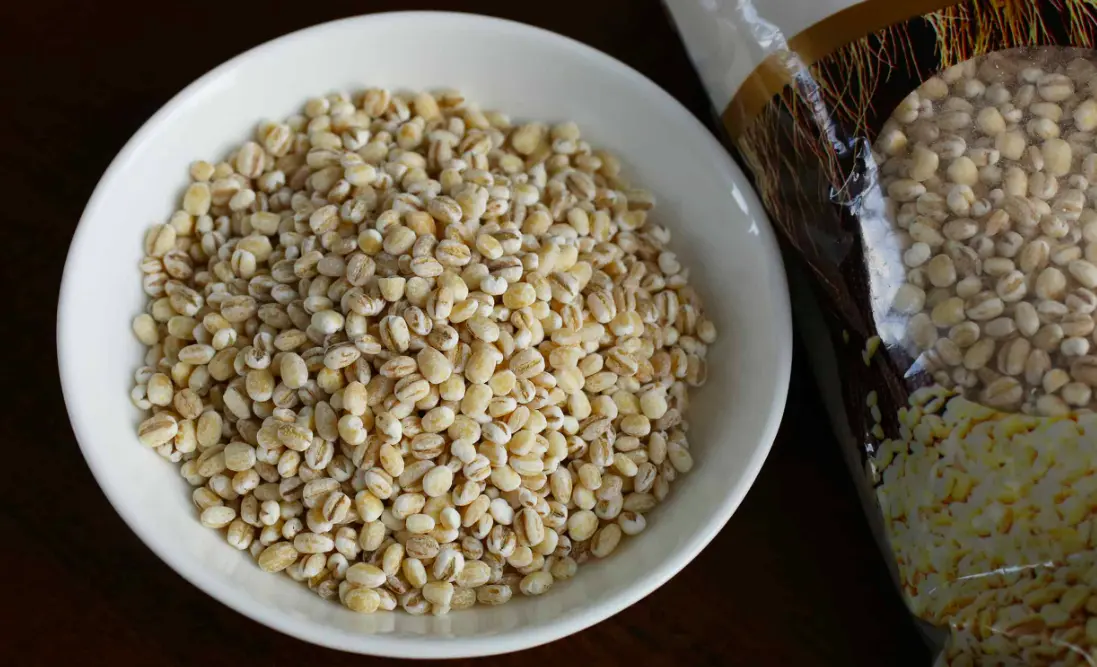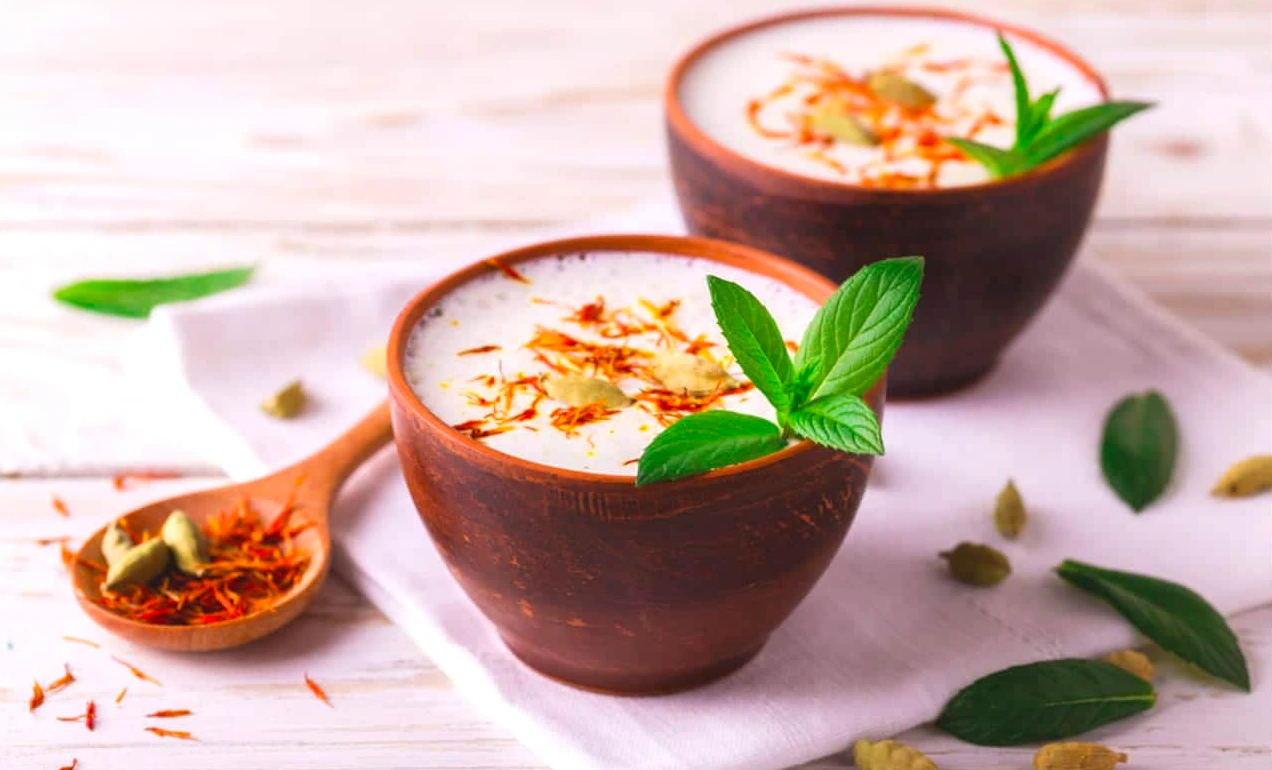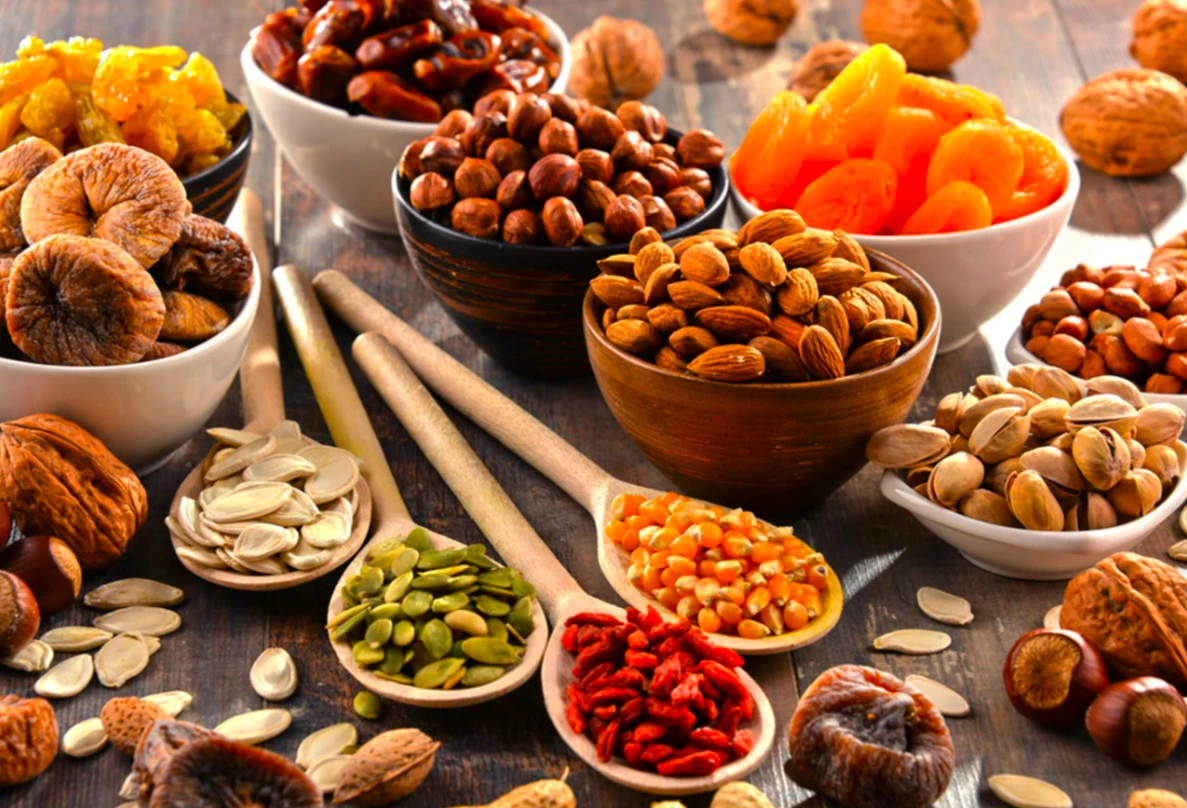One of the first grains consumed by early societies was barley. It is a type of rice that comes in barley hull, barley grits, flakes, and flours, among other variations.
Barley rice is a cheap and simple grain to include in a diet. It is a versatile grain with a chewy, pasta-like texture and nutty flavour. This barley grain is full of nutrients and has many health advantages. It enhances heart health, aids in weight loss, helps with digestion, among many other things.
For those with celiac disease, it is best to avoid including wheat barley in a gluten-free diet because it contains gluten.
We will discuss a few health advantages of barley rice in this article.
Barley Nutritional Profile
Barley is a good source of numerous nutrients that keep your body functioning. It has:
- Our body uses the B vitamin niacin to convert food into energy. Niacin is essential for the health of our nervous and digestive systems, as well as our skin.
- Another B vitamin, B6, which supports our immune and neurological systems, is abundant in barley.
- Manganese, an important nutrient that keeps our bodies functioning, is abundant in barley.
- Selenium, which is crucial for a functioning thyroid.
- Among other things, phosphorus is necessary for strong bones and teeth.
- decent iron content.
- It contains beta-glucans. Researchers link this fibre to a number of health advantages.
Pearl and hulled barley are the two common varieties found in stores. Only the inedible outer shell of hulled barley is processed, leaving the bran in place. Both the hull and the bran are absent from pearl barley.
You can check the nutrients in 100 grams of uncooked hulled and pearl barley in the table below.
| Nutrient | Hulled barley | Pearl barley |
| Energy (calories) | 354 | 352 |
| Protein (g) | 12.5 | 9.9 |
| Fat (g) | 2.3 | 1.2 |
| Carbohydrate (g) | 73.5 | 77.7 |
| Fiber (g) | 17.3 | 15.6 |
| Calcium (milligrams [mg]) | 33 | 29 |
| Iron (mg) | 3.6 | 2.5 |
| Magnesium (mg) | 133 | 79 |
| Phosphorus (mg) | 264 | 221 |
| Potassium (mg) | 452 | 280 |
| Sodium (mg) | 12 | 9 |
| Manganese (mg) | 1.9 | 1.32 |
| Selenium (micrograms [mcg]) | 37.7 | 37.7 |
| Folate (mcg) | 19 | 23 |

Blood Pressure and Heart Health
The cardiovascular system is supported by a number of nutrients in barley. Its low cholesterol and high potassium, folate, iron, and vitamin B-6 content all support cardiovascular functions.
A diet high in these nutrients may help lower heart disease risk factors like high blood pressure, according to other studies.
Fibre
By lowering cholesterol and controlling blood pressure, fibre seems to improve heart health.
A delicious way to increase your fibre intake is with barley. Additionally, fibre has a number of health advantages, including better glycemic control, weight loss assistance, and support for healthy digestion. Pearled barley has 193 calories and 6 grammes of fibre in just one cup.The barley also contains 3.5 grammes of protein in addition to that fibre.
Bone Health
Barley contains minerals such as phosphorus, calcium, copper, magnesium, and zinc that all improve the strength and structure of bones.
Zinc, for instance, contributes to the formation and mineralization of bone. Meanwhile, phosphorus, copper, magnesium, and calcium support the health of the bones and are necessary for preserving a robust skeletal system.
Cancer
Specifically, a high intake of fibre from plant-based foods like barley may help reduce the risk of colorectal cancer.
Beta-glucan fibre may also strengthen the immune system and have anticancer properties, according to some evidence. While some individuals take it as a supplement, researchers are looking into ways to incorporate it into cancer immunotherapy treatments.
Because of this, some people think eating foods high in beta-glucans may help prevent cancer. This potential health advantage will, however, need to be confirmed by additional research.
Inflammation
Another nutrient that could lessen inflammation is choline. Betaine, which the body can transform into choline, is a component of barley.
Choline supports memory, learning, muscle movement, and sleep. Additionally, it aids in the transmission of nerve impulses, the preservation of cellular membrane structure, and fat absorption.
Digestion and weight control
The fibre in barley aids in maintaining regularity and preventing constipation for a healthy digestive system.
Consuming foods high in fibre, like barley, may also help people lose weight. This is due to the fact that it acts as a “bulking agent” in the digestive system, prolonging satiety. This could lower calorie intake and encourage weight loss.
Effective weight management can also aid in reducing obesity and its associated health problems, including type 2 diabetes, heart disease, and other conditions.
There are many phytochemicals in barley.
Flavonoids, one of the phytochemicals with the most research, are present in barley.
The component of whole grains known as flavonoids is thought to help prevent heart disease and even cancer. Among the various barley varieties, the blue and purple varieties have the most flavonoids in their grains.
Barley is one of the best sources of tocols, a phytochemical with antioxidant properties that has been found to potentially lower the risk of stroke but requires further study among whole grains.
Barley may assist in lowering cholesterol.
The beta-glucan fibre found in barley lowers low density lipoprotein, or “bad,” cholesterol by attaching to bile acids and eliminating them through excretion. In fact, a study found that taking in 3 g of beta-glucans from specific barley products each day can lower total cholesterol by 5-8%.
Points to Remember before you consume Barley
Gluten is present in barley, so those who have celiac disease, a wheat allergy, or a gluten sensitivity should avoid it.
It’s crucial for individuals who want to increase their intake of fibre to do so gradually. This is due to the possibility that adding a lot of fibre to the diet all at once may cause short-term digestive issues, like bloating, as the body adjusts to the change.
Constipation can be avoided by increasing fibre intake while drinking lots of fluids.
Barley is a delicious way to increase your nutrition.
The nutrient profile of barley is impressive, and it is an incredibly adaptable grain. It is a type of cereal grain that is used to make bread, drinks, stews, and other foods. It functions admirably in both warm and cold grain salads. If you only have a small amount left over, use it as a garnish on salads or other dishes for a nutrient boost that gives any meal a fantastic texture.
Read more:
Rice is Bad for Health? Know it all!
कार्बोहाइड्रेट से परहेज क्यों नहीं करना चाहिए?





